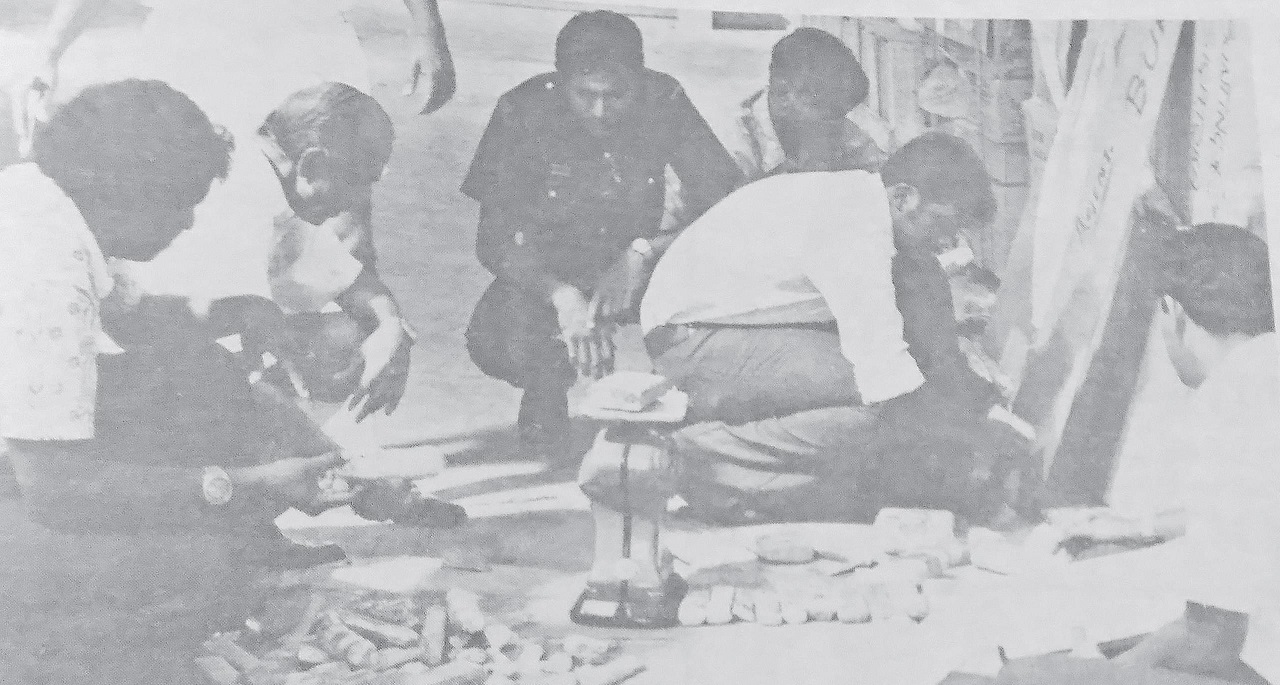Police and a team of Customs officers in Lautoka headed by Suresh Chandra, the senior collector of Customs Western, discovered several hundred packets of marijuana worth at least $500,000 on the international black market in 1976.
This, according to a story published by The Fiji Times on June 18 that year.
The then Controller of Customs, Charles Wooley, confirmed that this was the largest consignment of drugs ever discovered in Fiji.
The discovery was the result of international liaison among Customs officials.
The drugs, packed in cellophane packets, were smuggled in a 16-foot catamaran, a surfboard and three scuba diving tanks normally used to store oxygen.
These were shipped on the ‘Straat Cumberland’ from Bangkok – one of the leading drug producing centres of the world – a year prior and was lying unclaimed at Lautoka.
The drugs were consigned to an American man suspected of using Fiji as a port to ship drugs to the Australian and New Zealand drug markets.
Earlier in the year, on a hunch, Mr Chandra led Lautoka Customs officers to rip open five surfboards which had been lying uncleared for more than six months at the Nadi International Airport and which had been sent to Lautoka Customs for auction.
Earlier haul These contained 36 packets of marijuana and three packets of hard drugs, morphine and heroin, and was the second largest consignment of drugs discovered in Fiji.
It was reported that the drugs were worth several hundred dollars.
The surfboards were also from Bangkok and air freighted to Nadi International Airport, consigned to a European man.
Customs and police officers were still counting the packets of drugs at Lautoka and could not give a definite figure when contacted by this newspaper.
However, they said the drugs would fetch at least $500,000 on the international black market.
The officers used electric saws to rip apart the fibre-glass catamaran.
The catamaran’s hollow parts were tightly packed with hundreds of cellophane packets of marijuana.
A surfboard also contained a large number of smaller cellophane packets of the drug.
Both the catamaran and the surfboard came in a crate.
The three diving tanks each were about two and half feet high, altogether producing 100 packets of the drug.
Each had a cement base with ordinary rubber case outside and gave impression of a genuine diving tank.
All were consigned to the same man, and had been lying there and not being cleared for over a year.
Mr Wooley said they had been watching the case and the crate with suspicion when they were not claimed.




